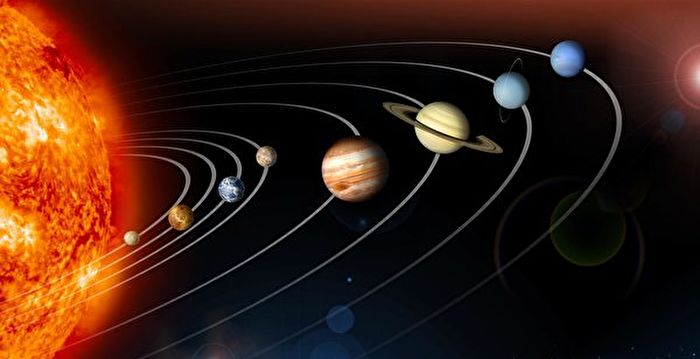[The Epoch Times, July 18, 2022](The Epoch Times reporter Di Rui compiled and reported) Where did the moon come from? Was there life on Mars before? The latest episode of Vox Media’s tech podcast, Unexplainable, invites experts to chat about seven unsolved mysteries of the solar system.
Today, people think that technology is very developed, but it turns out that scientists do not have answers to many seemingly simple questions. “I know a lot of people take the moon for granted, and galaxies, nebulae, stars, exoplanets, these celestial bodies,” said Rebecca Boyle, an invited tech contributor to the show. more mysterious.”
Indeed, now scientists have detected all kinds of magical celestial bodies in the distant deep space, and they are also curious about how the first galaxy in this universe was formed, what is inside the black hole that absorbs all matter, and so on, there are all kinds of questions. . But here we are—there are many mysteries in the interior of the solar system that are no less magical than deep space.
Exploring the answers to various puzzles in our solar system can help expand our knowledge of other galaxies. The experts at Unexplainable talk about these seven unsolved mysteries in the solar system.
1. What event destroyed Venus?
The surface of Venus today is similar to the “hell” described in literary and artistic works. The temperature is as high as more than 900 degrees Fahrenheit, making it the second warmest planet in the solar system. Venus’ atmosphere is almost entirely made up of carbon dioxide gas, causing a strong greenhouse effect. The rocky landscape is made of sharp volcanic rocks, and the mountains are filled with highly corrosive sulfuric acid fumes. The pressure on the surface of Venus is about 92 times the pressure at sea level on Earth.
Some scientists estimate that Venus’ previous environment was similar to Earth’s, with liquid water and oceans on its surface. Robin George Andrews, author of Super Volcanoes: What They Reveal about Earth and the Worlds Beyond, said: “Venus and Earth are like They are sibling planets. They were made at the same time and from the same materials, and Venus is like hell and Earth like heaven. Why is one planet hell and another neighboring planet like heaven?”
At present, scientists have put forward two speculations. One is that the sun has roasted Venus, and the other is that volcanic activity destroyed Venus.
2. Where did the moon come from?
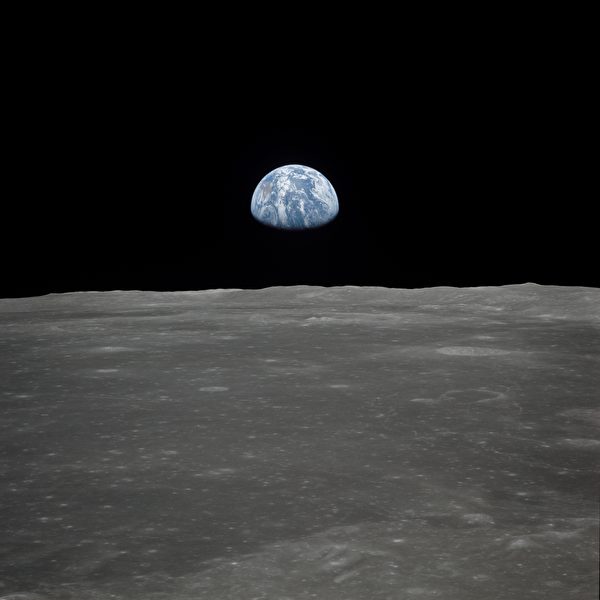
Before humans landed on the moon, scientists thought that the moon, like various planets, was formed by the gathering of dust and matter left over after the formation of the sun. But the analysis of samples collected by astronauts sent to the moon by the Apollo program in the United States last century shows that the moon should not have formed this way.
Meradith Hoddinott, senior producer of Unexplainable, said on the show that the samples collected showed that the lunar surface was covered with a special kind of stone, anorthosite. “These shimmering, light-colored, reflective stones are what make the moon shine in the night sky. At that time, scientists thought that only a very specific process would produce this kind of stone.”
Scientists believe the stones were produced during a large-scale high-temperature event, “to produce a large amount of these stones by melting the entire surface of the moon.”
So far, scientists have not been able to guess what kind of events could have created the moon and created such an effect, Hodinott said.
3. Are the bacteria in human feces still alive on the moon?

When the Apollo moon landing program left the moon, a total of 96 bags of garbage were left on the moon, including human excrement. Human excrement contains a large number of microorganisms. At that time, it was not thought of to carry out such an experiment, but a decision was made to reduce the load of the astronauts on their return journey. Now, however, this behavior has become an accidental experiment: Can microbes on Earth survive and thrive in an environment as extreme as the moon?
If they can survive on the moon, that means there is a chance that these microbes could spread from planet to planet through meteorites or other space debris.
4. Have other civilizations existed before humans on earth?
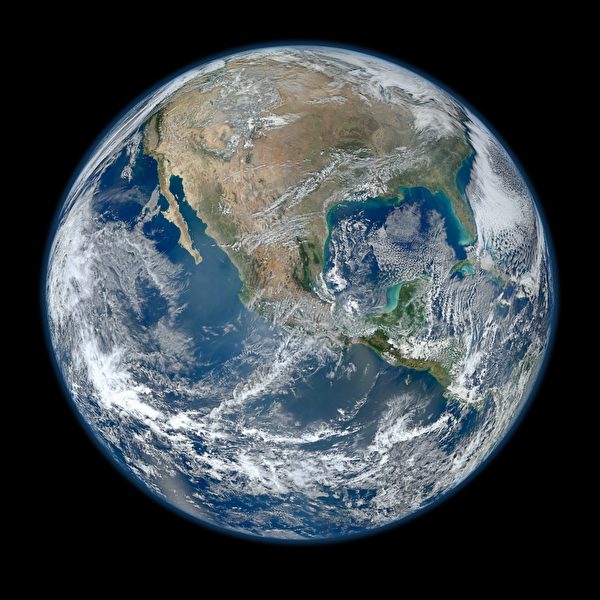
Scientists have always been curious to explore whether other intelligent life and civilization exist in space. Climatologist Gavin Schmidt and astrophysicist Adam Frank talk about the possibility that other types of intelligent life existed on Earth before, say hundreds of millions of years ago, and are now buried deep underground.
Schmidt and Frank believe that exploring this question can help understand how likely is life on any planet to leave traces of its existence over a period of hundreds of millions of years? After the human civilization, can life hundreds of millions of years later find clues that we once existed?
5. Can humans redirect asteroids?
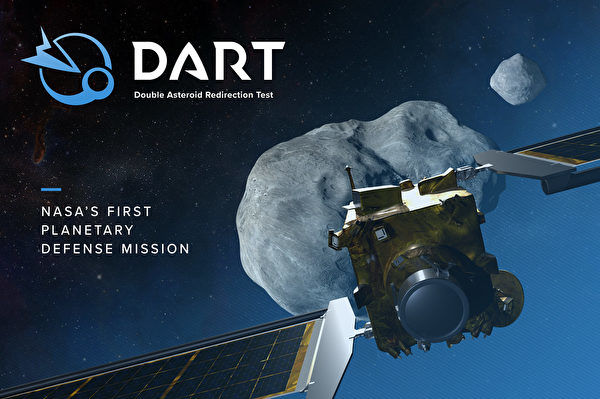
An asteroid hitting the Earth is an inevitable catastrophe, it’s just a matter of when and how big it will be. Scientists are conducting a daring experiment this year, launching a spacecraft to smash into an asteroid, trying to use the force of the impact to change its orbit. This is NASA’s Double Asteroid Redirection Test (DART) project. A spacecraft has been launched and will reach its target asteroid this fall, hitting it at 24,000 kilometers per hour.
Could the impact change the asteroid’s orbit? Scientists wait and see.
6. Was there life on Mars before?
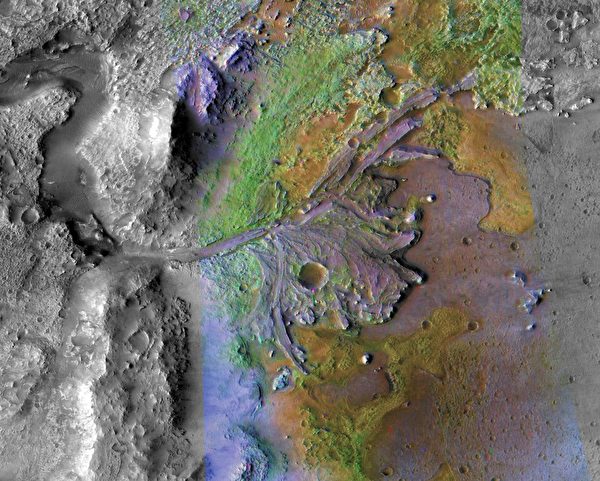
Mars today is a barren planet. But multiple pieces of evidence suggest that there was liquid water on Mars 4 billion years ago, and an environment similar to Earth’s now. NASA astrobiologist Lindsay Hays said: “Now seeing traces of giant river deltas on Mars suggests not only liquid water on Mars, but also for quite a long time in history. The scouring of the flowing liquid water, and the accumulation of sediments (to form the landscape seen today).”
Since there is water, there is likely to be life. Last year, NASA sent a new rover to Mars in an effort to find an answer to the question “Is there life on Mars?” If there is evidence to show that there was indeed life on Mars, it will be an epoch-making cognition that will change the way humans view life in the universe.
7. Where is the ninth planet in the solar system?
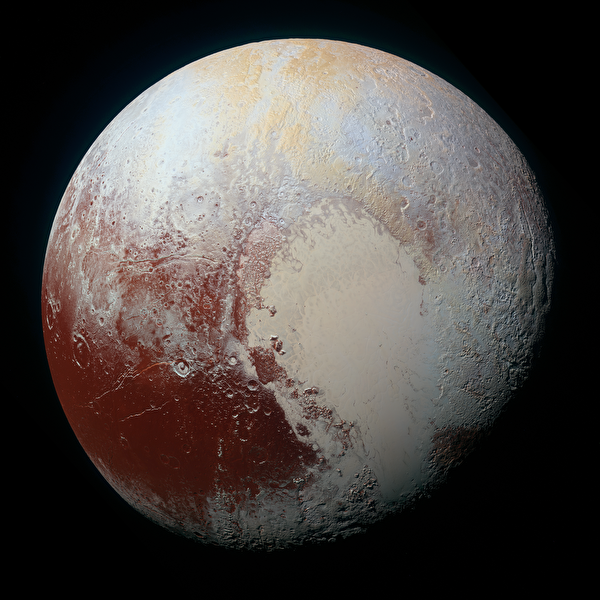
Pluto was originally the ninth largest planet in the solar system, but in 2006 the International Astronomical Union (IAU) redefined the planet, and Pluto was excluded and classified as a “dwarf planet”. Now, there are only eight planets left in the solar system.
But “there’s a lot of clues that there’s a huge planet hidden beyond Neptune, waiting to be discovered. It’s the real ninth planet,” astronomer Mike Brown said on the show. “
Brown is referring to the fact that scientists have found that many celestial bodies in the outer solar system seem to be affected by the gravity of a certain celestial body, which leads scientists to speculate that there is also a huge planet hidden there.
But it’s hard. “It’s like looking for a grain of black sand on the beach,” Brown said. “It’s so hard to find this ‘Planet Nine’.”
Responsible editor: Li Ling
